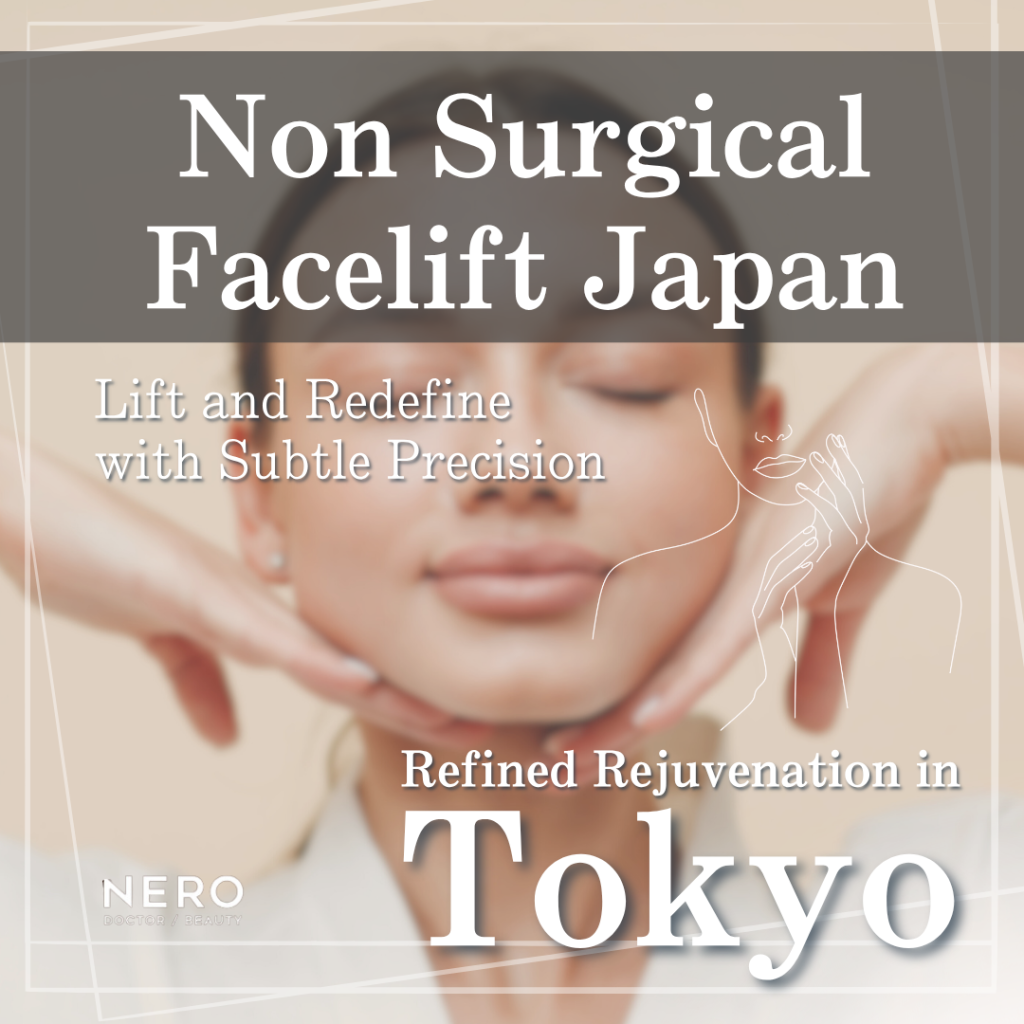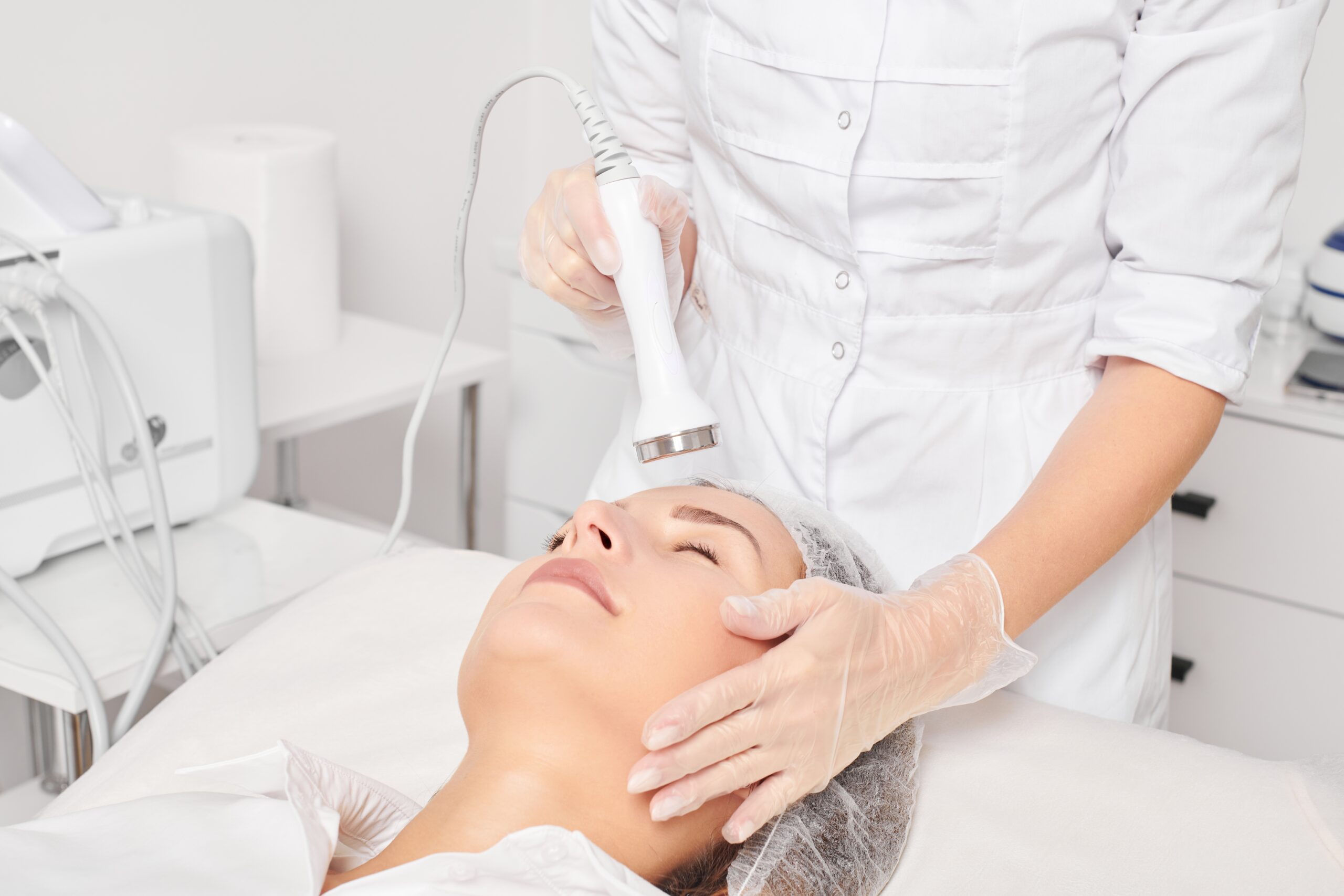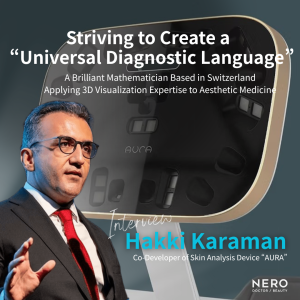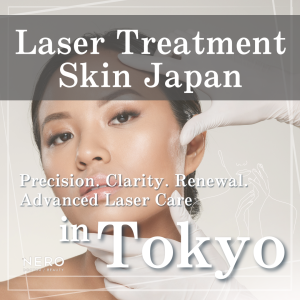
Tokyo has become known for its precise, minimalist approach to beauty — which is why so many people come here for subtle rejuvenation.
A non-surgical facelift combines energy devices, threads, and injectables to lift, contour, and gently refine the face, without the need for general anesthesia or long downtime.
In Japan, clinicians tend to prioritize harmony and balance, aiming for results that look quietly refreshed rather than obviously altered.
In this guide, we’ll walk through the most common methods, what results realistically look like over time, pricing ranges, safety expectations, and how to plan your treatment wisely — so you can decide with confidence.
INDEX
Methods, Safety, and Planning: What a Non-Surgical Facelift Can Improve

A thoughtful treatment plan addresses early laxity, volume changes, and muscle dynamics.
The aim is to lift and smooth the face while keeping natural expression intact.
- Jawline refinement and early jowling
- Cheek deflation and midface flattening
- Fine lines, accordion lines, and shadowing
- Neck crepiness and mild banding
Popular Techniques in Tokyo
HIFU (High-Intensity Focused Ultrasound)
HIFU delivers focused energy to the SMAS and dermis to tighten from within and stimulate collagen production.
It is device-based, needle-free, and commonly selected for jawline lift and cheek tightening. Results build gradually over 8–12 weeks and may be refreshed annually.
Thread Lifts (PDO/PLLA)
Biodegradable threads are placed beneath the skin to create a mechanical lift while stimulating collagen as they dissolve.
With skilled vector design, they can elevate the midface, jawline, and brows with refined precision.
Expect visible improvement immediately, with continued firming over several months.
Injectables (Hyaluronic Acid, Collagen Stimulators, Botox)
Strategic fillers can restore contour in the cheeks, chin, and temples, while collagen stimulators gradually improve overall firmness.
Micro-dosed botulinum toxin can reduce downward pull from platysma or masseter dominance — enhancing lift without compromising natural expression.
Who Is a Good Fit?
People who are a good match for this treatment usually have mild to moderate laxity, generally healthy skin, and want a subtle lift without the recovery time of surgery.
Clear goals — and a little patience while collagen slowly rebuilds — tend to lead to more satisfying results.
Key Considerations for a Non Surgical Facelift in Tokyo
Clinics in Tokyo often blend HIFU, threads, and injectables into personalized treatment plans.
Many also offer English support, digital imaging, and structured follow-ups — bringing international standards together with Japan’s very careful, detail-driven approach to aesthetics.
Before & After: Timeline and Expectations

Results develop in layers. Some changes are immediate (threads, volume), while others mature gradually as collagen rebuilds.
- Days 1–3: Minor swelling or tenderness; makeup typically allowed within 24 hours.
- Weeks 2–4: Threads settle, HIFU tightness becomes noticeable, injectables integrate naturally.
- Month 3: Peak collagen reveal — ideal timing for a review and future maintenance plan.
Track progress with consistent lighting and angles for personal Before & After comparisons, focusing on contours, proportion, and skin texture, not single lines in isolation.
Choosing a Clinic in Tokyo
Prioritize training, transparency, and artistry.
During consultation, pay attention to communication style and whether you share the same aesthetic vision.
- Board-certified specialists with portfolios of natural-looking results
- Clear disclosure of devices, thread types, and sterile protocols
- Informed consent, possible risks, and realistic treatment endpoints
- English-speaking staff and straightforward pricing
Typical Pricing and Scheduling
Prices vary by practitioner, device, and degree of correction:
- HIFU: ¥50,000–¥200,000 per session
- Threads: ¥120,000–¥400,000 depending on type and quantity
- Fillers: ¥40,000–¥90,000 per syringe
- Botulinum toxin: ¥20,000–¥50,000 per area
Many patients combine treatments over two visits to fine-tune lift, contour, and symmetry.
Safety, Aftercare and Downtime
Share any medical history, allergies, and previous aesthetic treatments during your consultation.
Follow pre-care instructions from your clinician-this may include pausing blood-thinning supplements if advised, limiting alcohol, and avoiding aggressive exfoliants before treatment.
Aftercare focuses on calm skin and consistent protection.
- Avoid high heat, saunas, and intense exercise for 24–72 hours
- Avoid deep facial massage for two weeks after threads or fillers
- Sleep with your head elevated the first night to minimize swelling
- Use gentle cleansers and non-comedogenic moisturizers
- Attend scheduled follow-ups to assess integration and plan maintenance
Travel Tips for Visitors

If flying in, consider booking your consultation on day one, scheduling treatment on day two or three, and planning a review within a week if threads or fillers are performed.
Bring past treatment records, use translation support if needed, and confirm accepted payment methods in advance.
FAQs
Q: How long do results last?
A: HIFU typically lasts 6–12 months; thread lift effects often last 12–18 months; fillers around 9–18 months — depending on product selection, treatment area, and individual metabolism.
Q: Will it look natural?
A: Tokyo aesthetics prioritize nuanced lift with preserved movement.
Technique, restraint, and proportion are key to believable outcomes.
Q: Is maintenance required?
A: Yes. Strategic, staggered maintenance supports ongoing collagen renewal and shape while avoiding overcorrection.
Conclusion
Tokyo offers a refined pathway to lift and contour without surgery, blending HIFU, threads, and injectables for results that evolve gracefully over time.
By selecting an experienced team, aligning expectations, and following proper aftercare, you can achieve a natural, camera-ready Before & After that reflects your best self — elevated, not altered.
| ・This website provides general knowledge about aesthetic medicine from a neutral perspective as much as possible. Please note that the information is not intended to encourage self-diagnosis. Be sure to check the official website of the clinic and consult each medical institution for details regarding treatment. ・This article is based on information available at the time of writing and publication. Please check the official website for the latest updates. ・If cosmetics or massage-related content is mentioned, it is not within the scope of medical supervision. |







